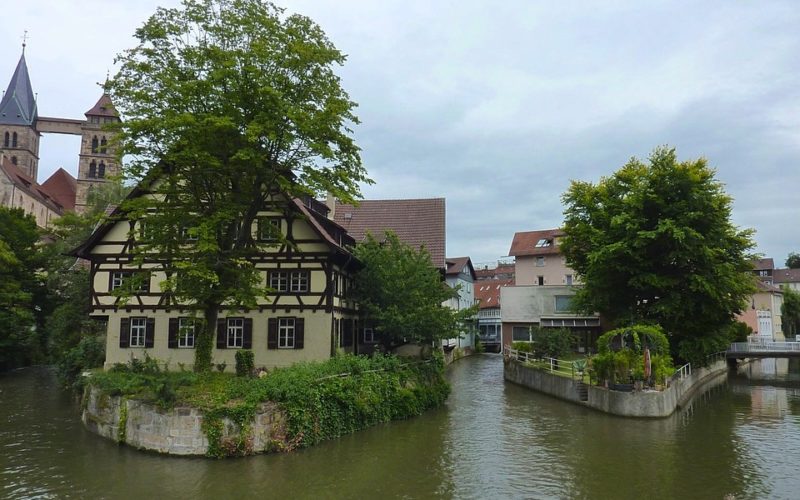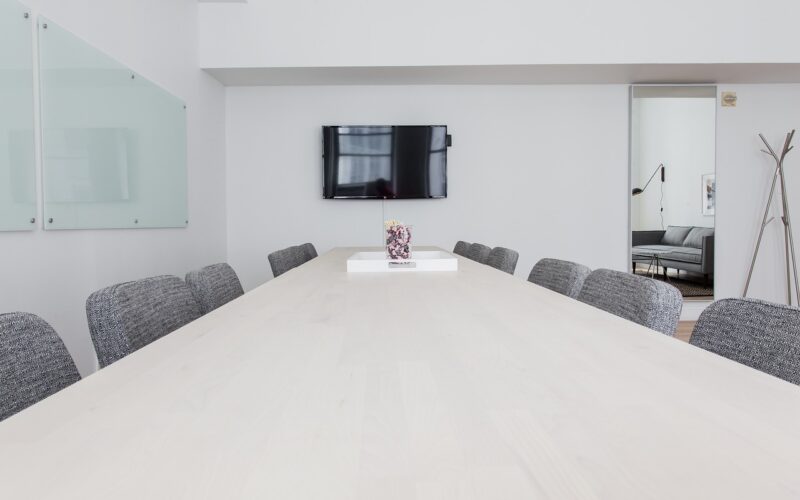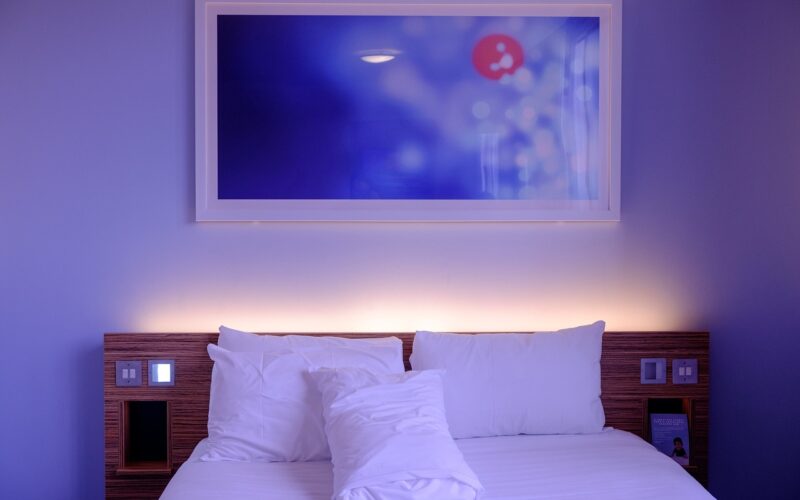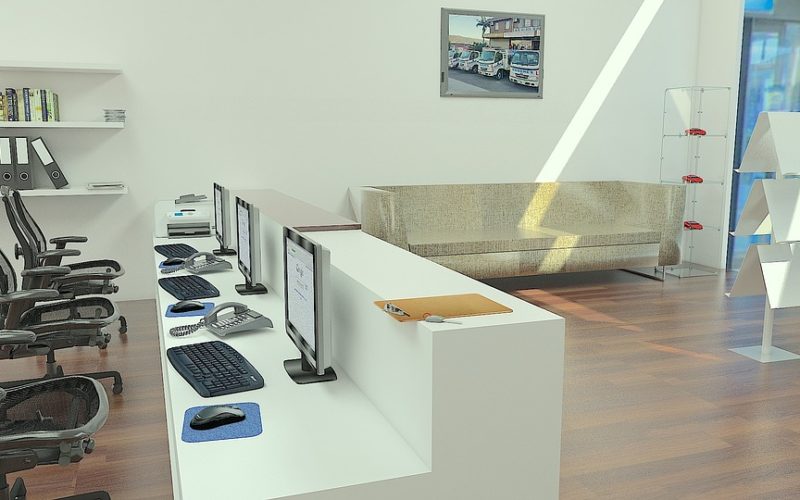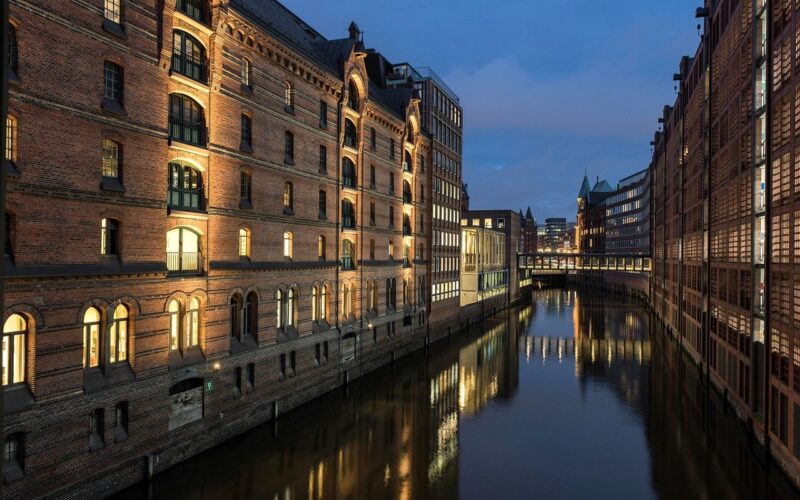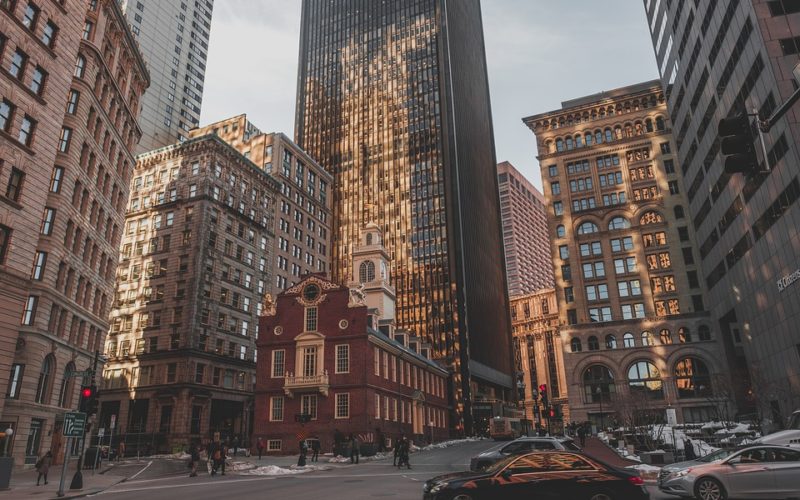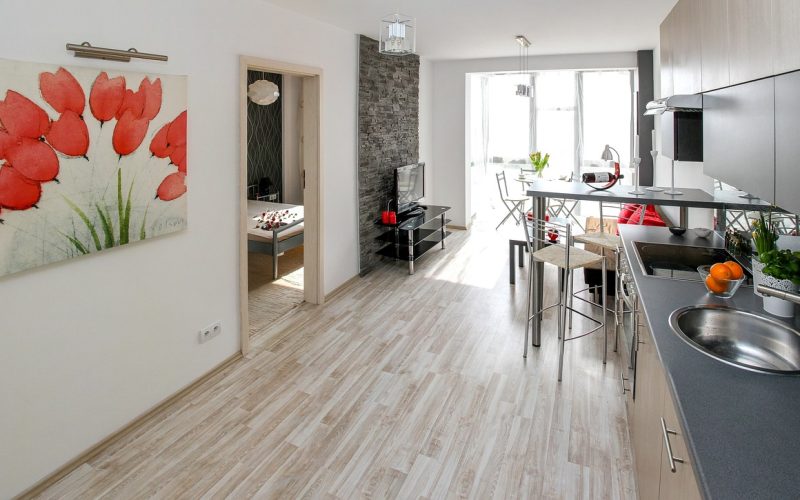A Blend of History and Modernity
In the heart of the city, as new structures sprout skywards, there’s a growing trend that embraces the past; the transformation of old buildings into modern office spaces. This revival not only preserves historic architecture but also appeals to businesses looking for unique spaces that tell a story. For those considering making the change, here are essential considerations to turn time-worn to timeless.
Understanding the potential and limitations of the building
Before jumping into the conversion project, it's essential to understand what you're getting into. Old buildings have an inherent charm and character, but they also come with limitations. Before starting any work, conduct a thorough assessment of the building's structure and condition. You need to know if the building can handle the proposed changes or if there will be restrictions due to its historical status.
Bringing in the right professionals
Converting an old building into office space isn't a DIY project. It requires the expertise of various professionals, from architects to engineers, to ensure that every aspect of the conversion is thought through and executed properly. Historical buildings often have complex systems and materials that modern professionals might not be familiar with, which is why specialists must be involved.
Updating the infrastructure to meet modern standards
One of the biggest challenges in converting old buildings into offices is updating outdated infrastructure. While the exterior may look solid, the plumbing, wiring, and heating systems would likely need an overhaul to meet current codes and accommodate modern use. Here's where the skills of an experienced plumber Manchester come in handy, especially when installing a new boiler or repairing an old one to ensure reliable heating for the office space.
Incorporating technology while preserving character
Today's offices require state-of-the-art tech solutions, which can be at odds with the old building's design. Striking a balance between preserving the aesthetic of the building and incorporating necessary technology is key. Cable management solutions that complement the interior, and non-invasive installations, will ensure that the building's character remains intact while supporting a modern office environment.
Dealing with emergencies and unforeseen issues
During the renovation, unexpected problems will inevitably arise, particularly when working on older buildings. Be prepared to tackle these issues head-on. An emergency plumber Manchester should be on speed dial to address sudden leaks or other plumbing issues that could impact the project's deadline and budget.
Adhering to safety regulations and accessibility
Safety is paramount, especially in a commercial space that will see daily employee traffic. In addition to meeting building codes, the office should also be accessible to people with disabilities. This might include installing lifts, ramps, and compliant restroom facilities, which require careful planning to integrate into the building's old design.
Considering the energy efficiency and environmental sustainability
Old buildings weren't built with energy efficiency in mind, but this doesn't mean they can't be upgraded. Insulation improvements, double-glazed windows, and energy-efficient boiler installation Manchester are sustainable steps that can be taken to reduce the carbon footprint of the building while lowering ongoing utility costs. If you can't afford a new boiler then having an annual boiler service Manchester is still worth doing.
Designing the space for functionality and inspiration
Finally, consider how the space will be used and how it can inspire those who work there. Open floor plans might be in vogue, but they must be balanced with private areas and meeting rooms. Create a space that respects the building's history while providing a functional, inspiring environment for modern-day workers.
Converting an old building into contemporary offices is more than just a renovation; it's giving a new lease of life to a piece of history. While the process can be complex, with a thoughtful approach and expert hands on deck, these spaces can become creative and inspiring workplaces that stand out in the corporate world.

